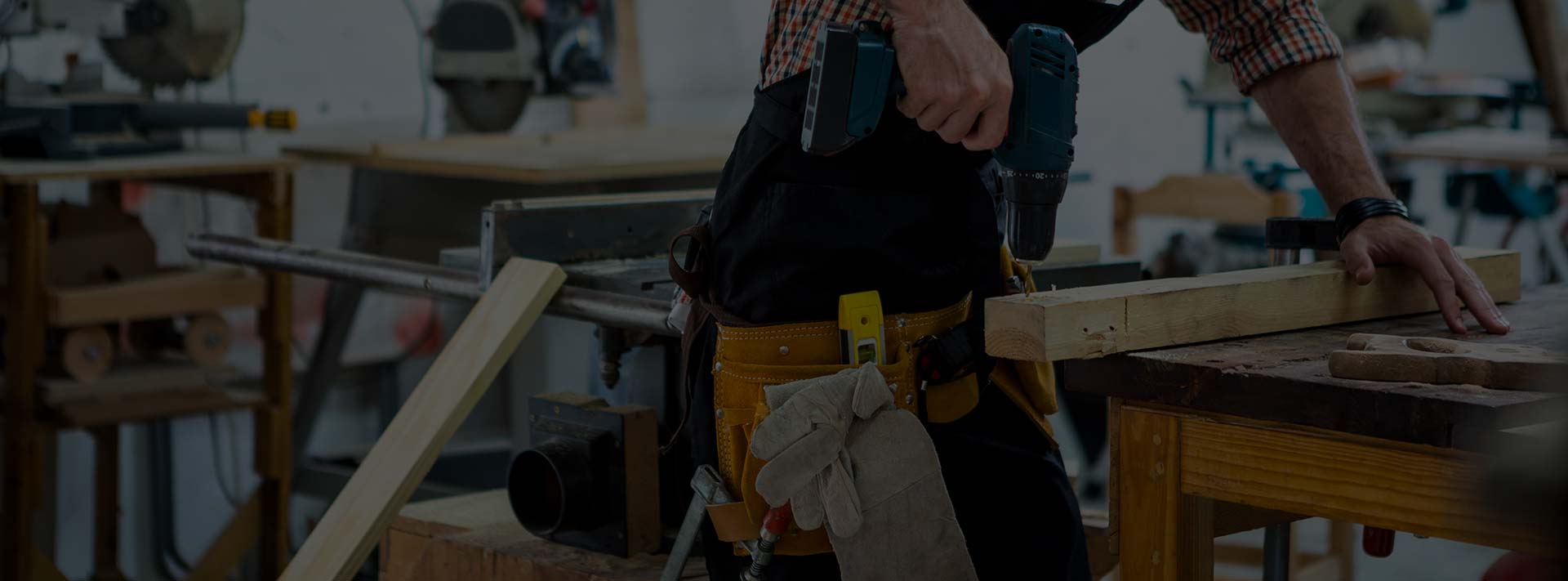
18 Dec How to Install Different Types of Butterfly Valves
In short, a butterfly valve is a quarter turn rotational motion valve. Just like any other valve, they are used to either start, stop, and regulate flow. This type of valve has been around since the early 1930s and has a wide range of applications in industrial set up. Butterfly valves are made from various materials and their name comes from the functionality of its discs, even though the more accurate name would have been Disc Valve.
The working principle involves rotating their lever 0- 90°— this provides either a complete opening or closure of the valve. Another important feature is that these valves can be equipped with a gearbox-like mechanism. In the setup, the hand wheel from the gears is connected to the stem, making the valve easy to operate but at low speeds and for larger valves. With that in mind, let’s look at ways to install different types of butterfly valves.
Resilient Seated Butterfly Valve(RSBFV)
There are two basic designs:
- Cartridge Seated utilizes a rubber seat over a hard backup ring, usually phenolic, making the seat very rigid. Installation requires only inserting the valve body between flanges, centering it, and tightening the bolts to specified torque. The Wafer style may or may not come with centering holes while the Lug body has drilled and tapped holes that match the flange holes and are easily centered.
- Boot Seated utilizes a flexible seat that folds inside the body and is held in place on the flange side by a groove, usually square of the dovetail on the face of the flange. This valve cannot be installed in the fully closed position but must be cracked open approx 10% while staying inside the body envelope and carefully slid between the flanges, being cautious not to catch the lip of the seat on the ID flange edge, effectively “rolling” the seat into the disc area. Here again, the valve, either wafer or lug, need to be centered.
*NEITHER VALVE REQUIRES FLANGE GASKETS
*THE USE OF FLANGE GASKETS VOIDS THE WARRANTY OF EITHER DESIGN.
*THE SEAT IS THE GASKET!
High Performance, Double Offset, and Triple Offset Butterfly Valve
These valve designs integrate an offset as indicated by their name, made by the geometry design of the seating surface. The process of making it involves machining the seat into the offset profile. This feature facilitates frictionless stroking throughout the cycle. A contact is integrated at the final point of closure and mounted at 90° acting as the mechanical flow stop.
Here is the installation process:
- Clean the pipeline of all contaminants.
- Determine the direction of the fluid, torque as flow into the disc may generate higher torque than flow into the shaft side of the disc
- Position disk in the closed position during installation to prevent damage of disc sealing edge
- If possible, at all times the valve should be mounted with the stem in horizontal to avoid pipeline debris collecting at the bottom and for higher temperature installations
- It should always be installed concentrically between flanges as mentioned above. This helps to avoid damage on the disc and eliminates interference with the pipeline and flange
- Use an extension between the butterfly valve and wafer check valve
- Try the disc by moving it from the closed position to open and back to ensure it moves flexibly
- Tighten the flange bolts (tightening in sequence) to secure the valve following the manufacturers recommended torques
THESE VALVES REQUIRE FLANGE GASKETS ON BOTH SIDES OF THE VALVE FACE, SELECTED FOR THE SERVICE INTENDED
*Comply with all the safety and good industry practice.


Sorry, the comment form is closed at this time.